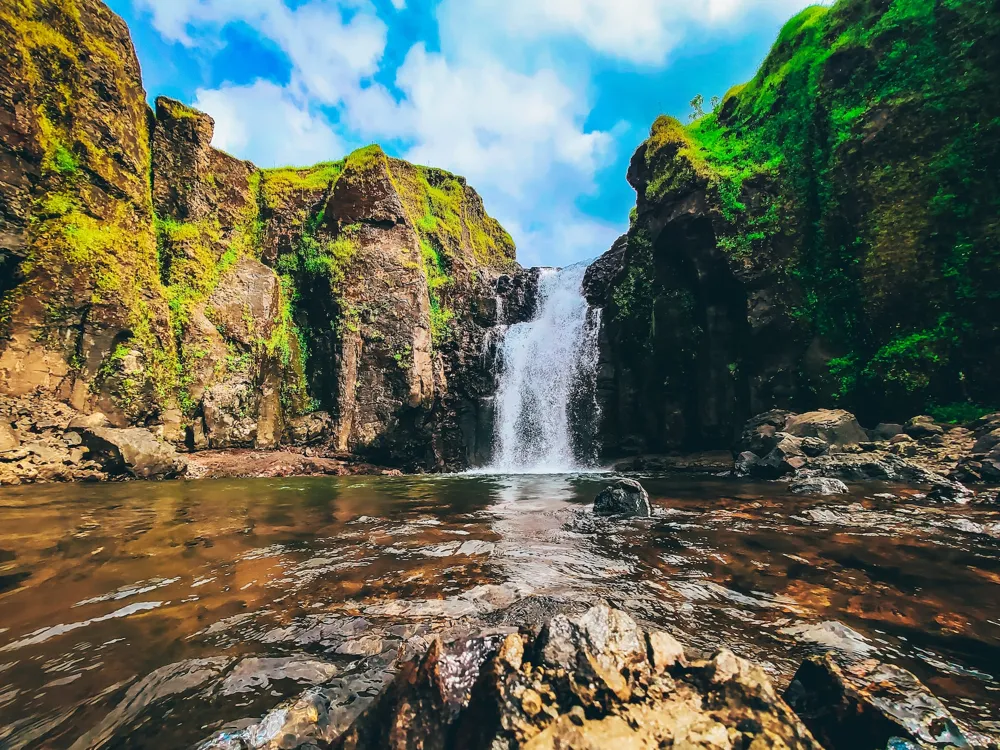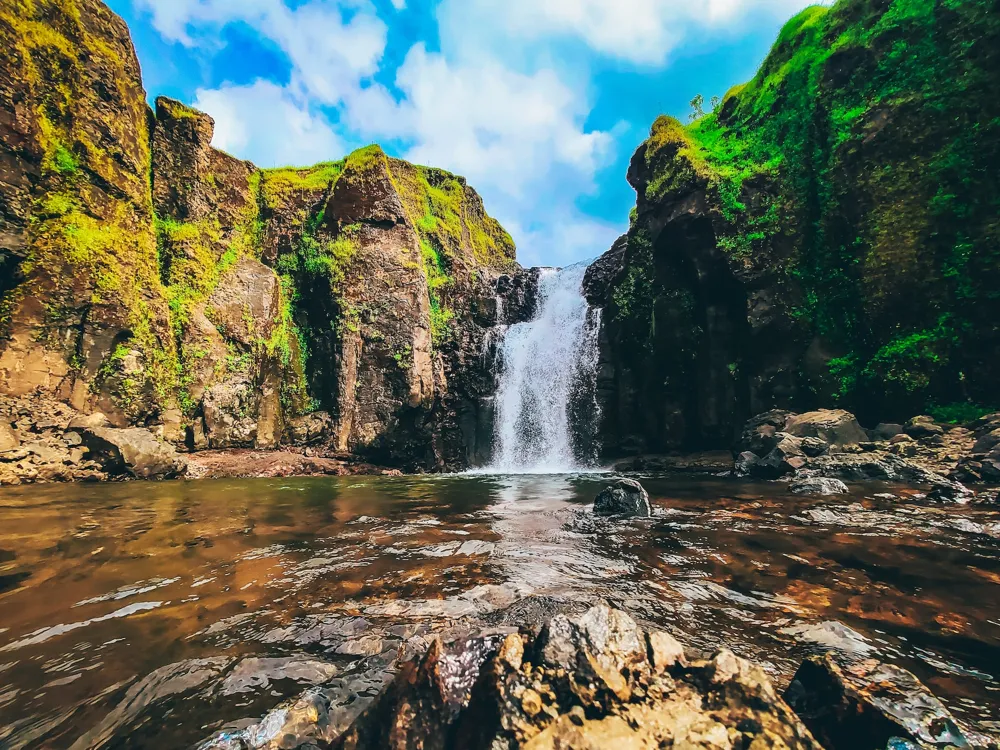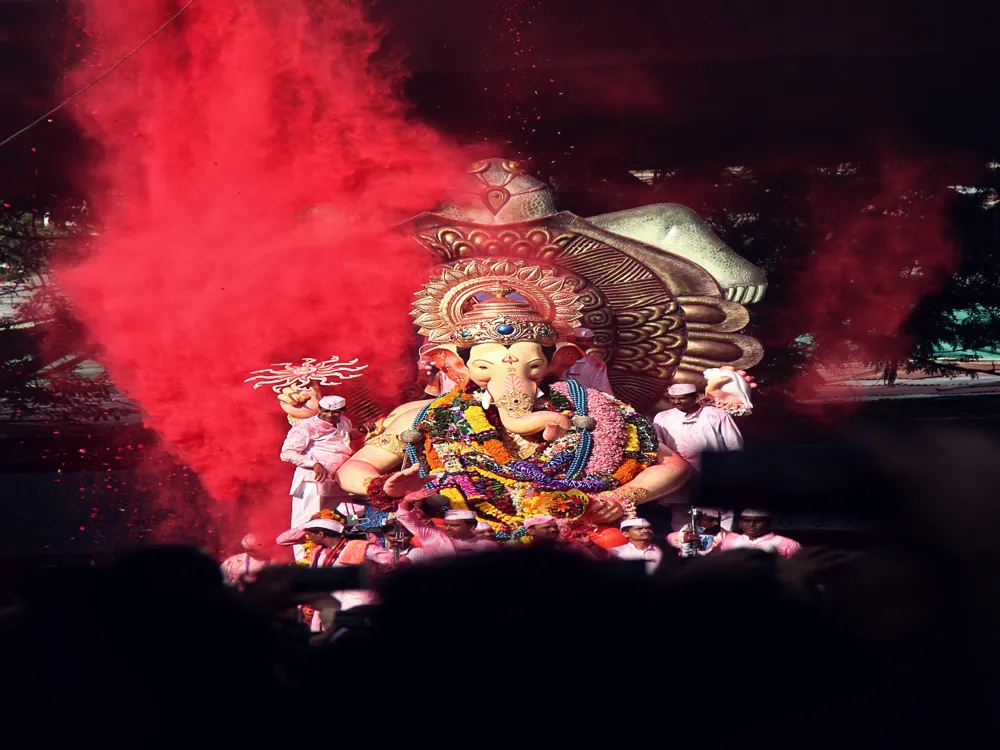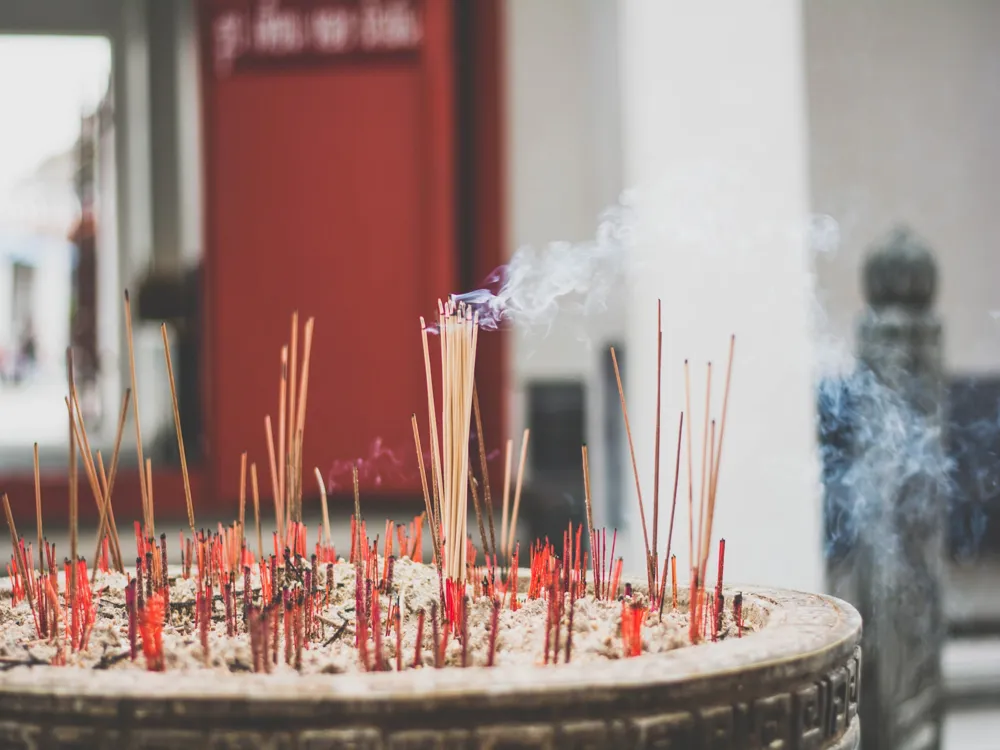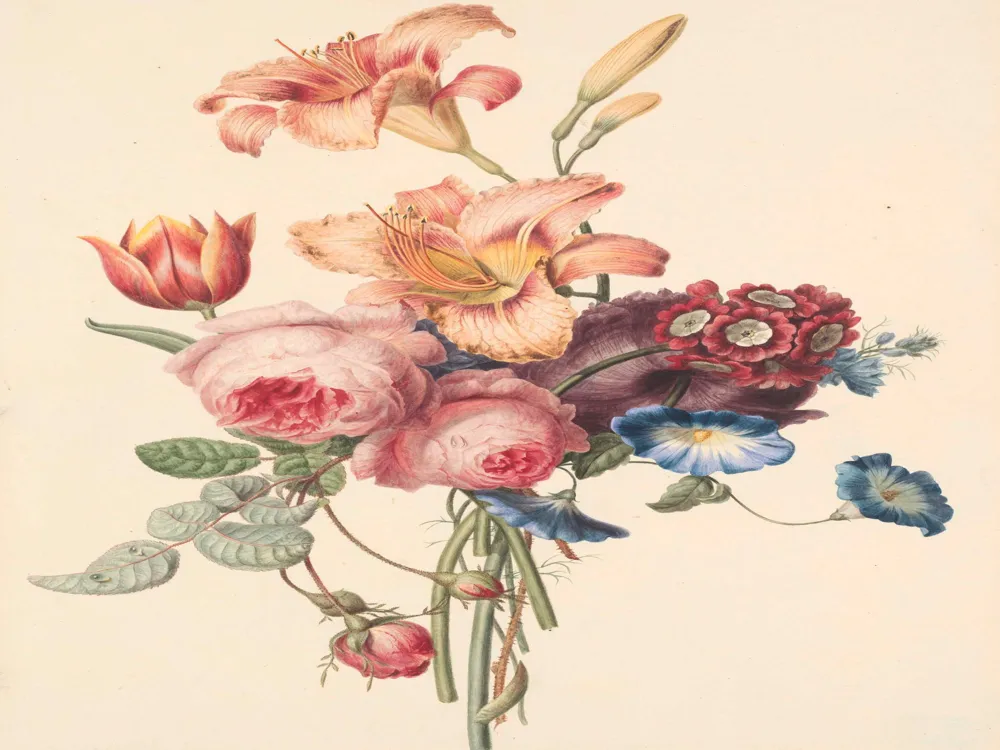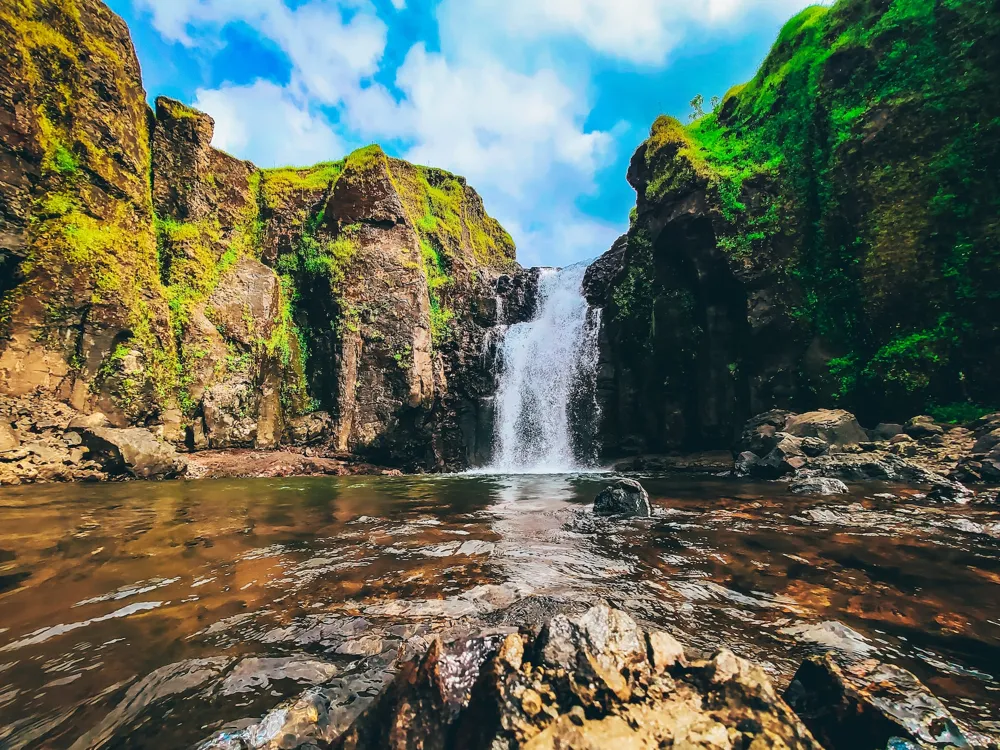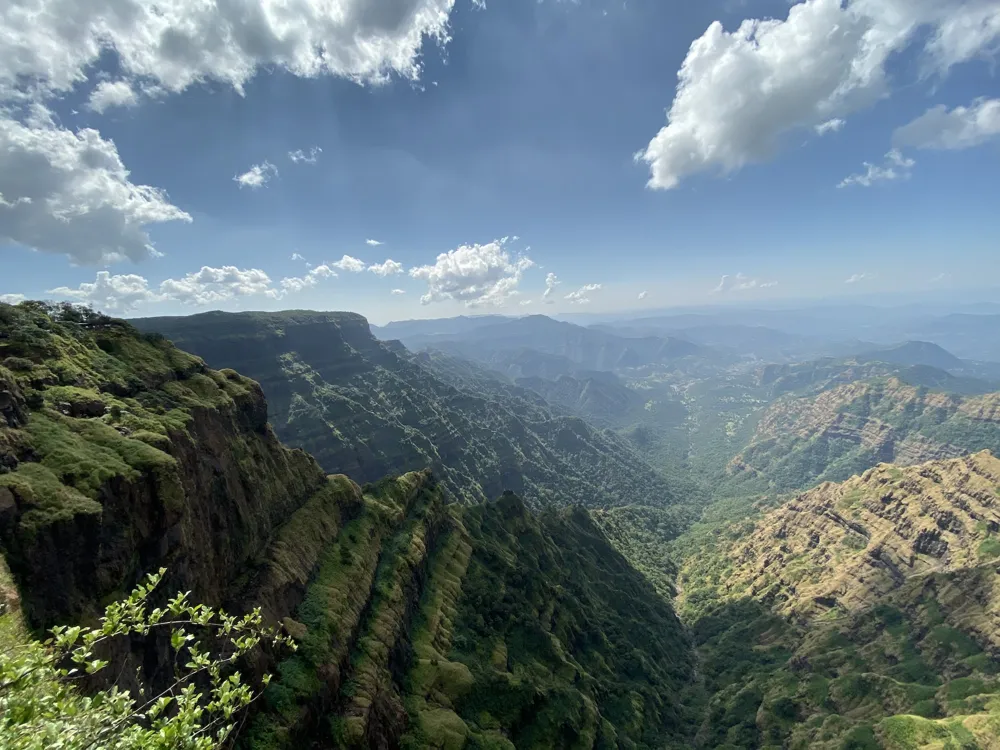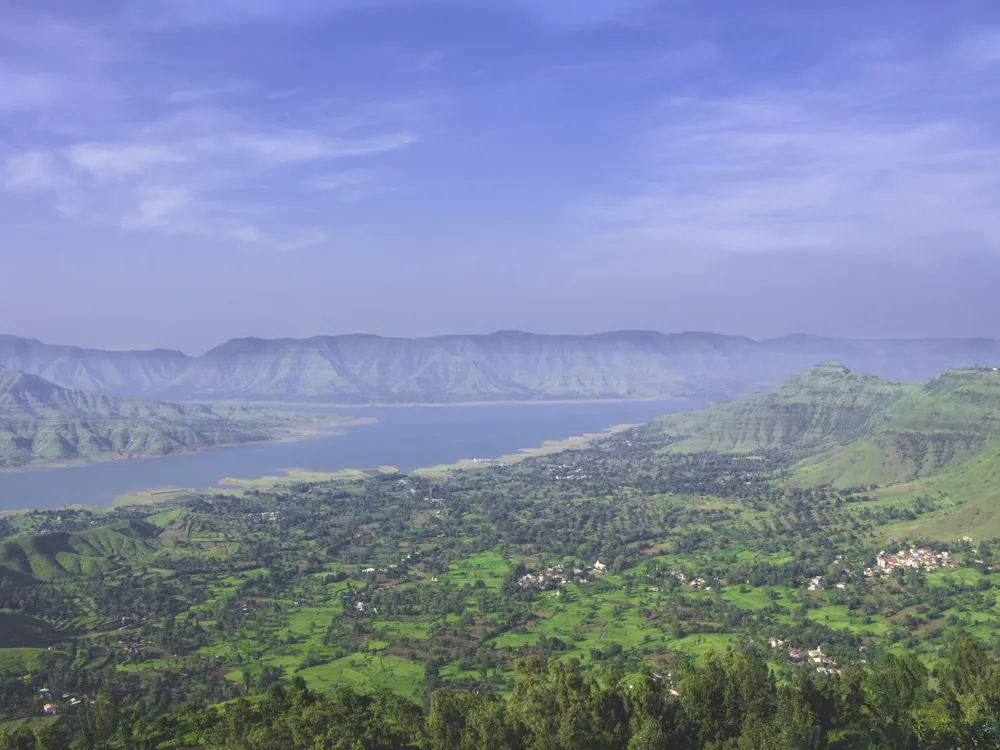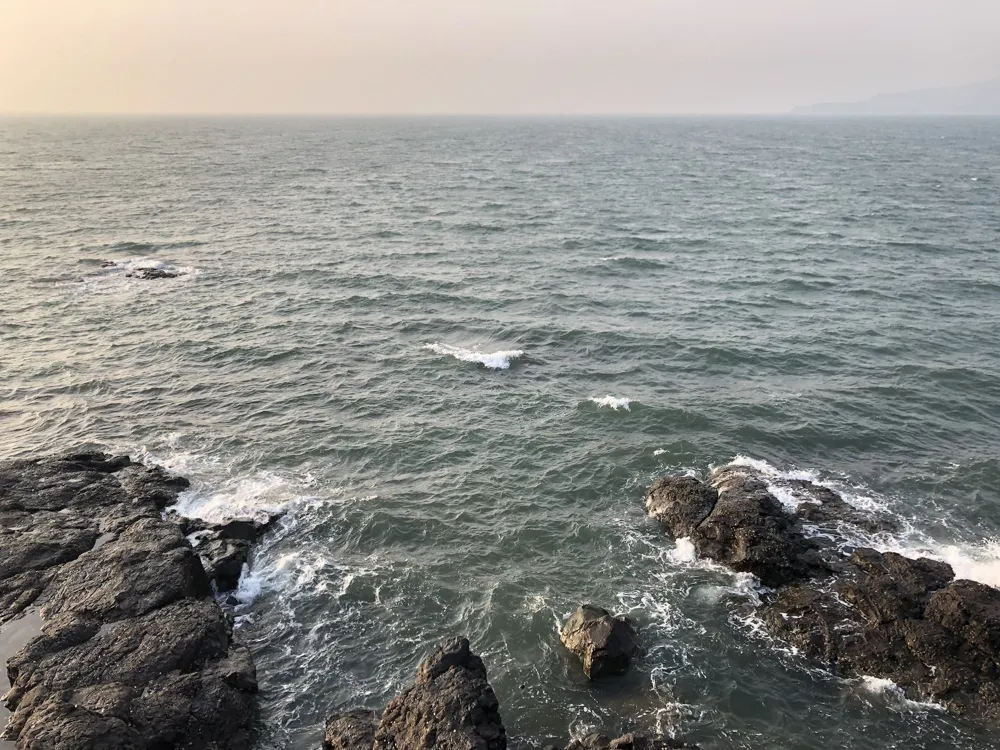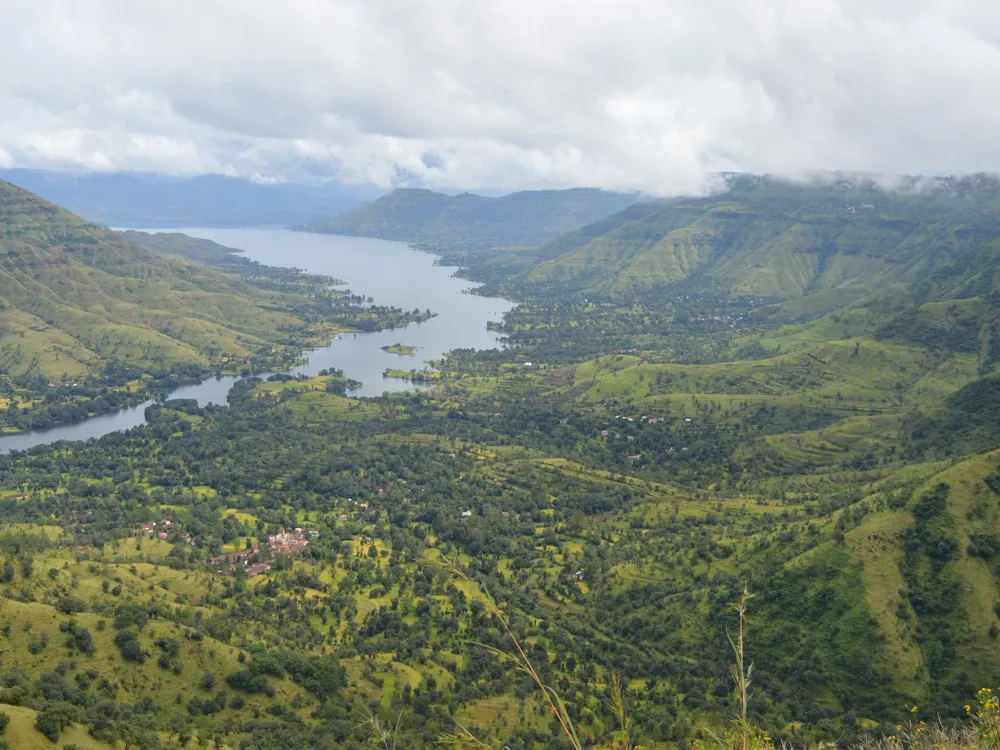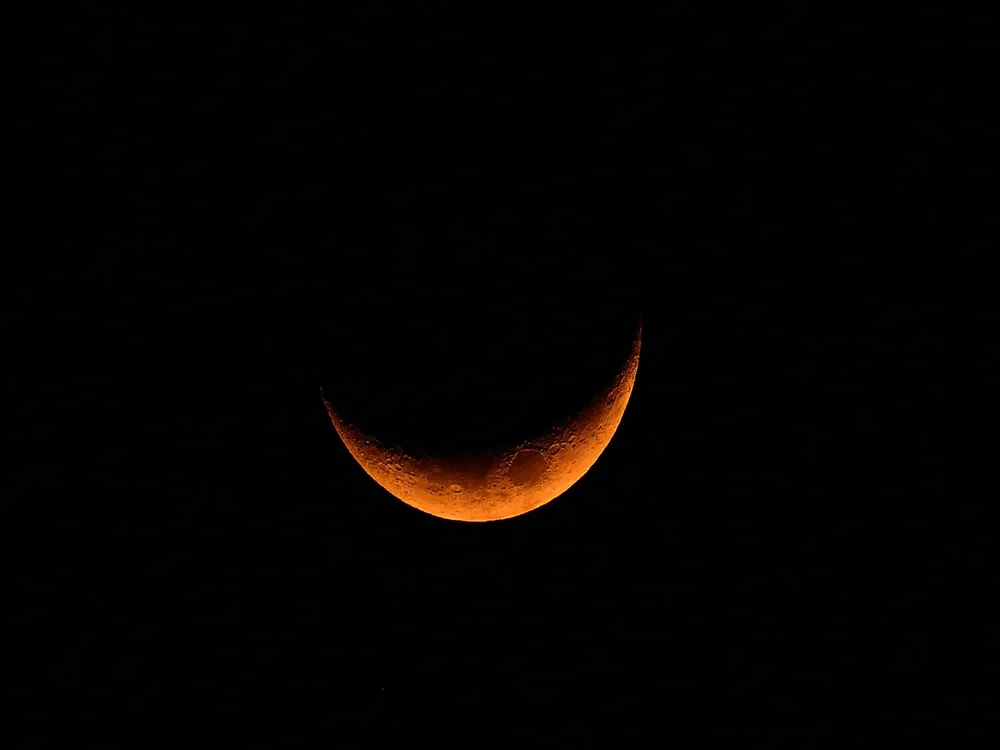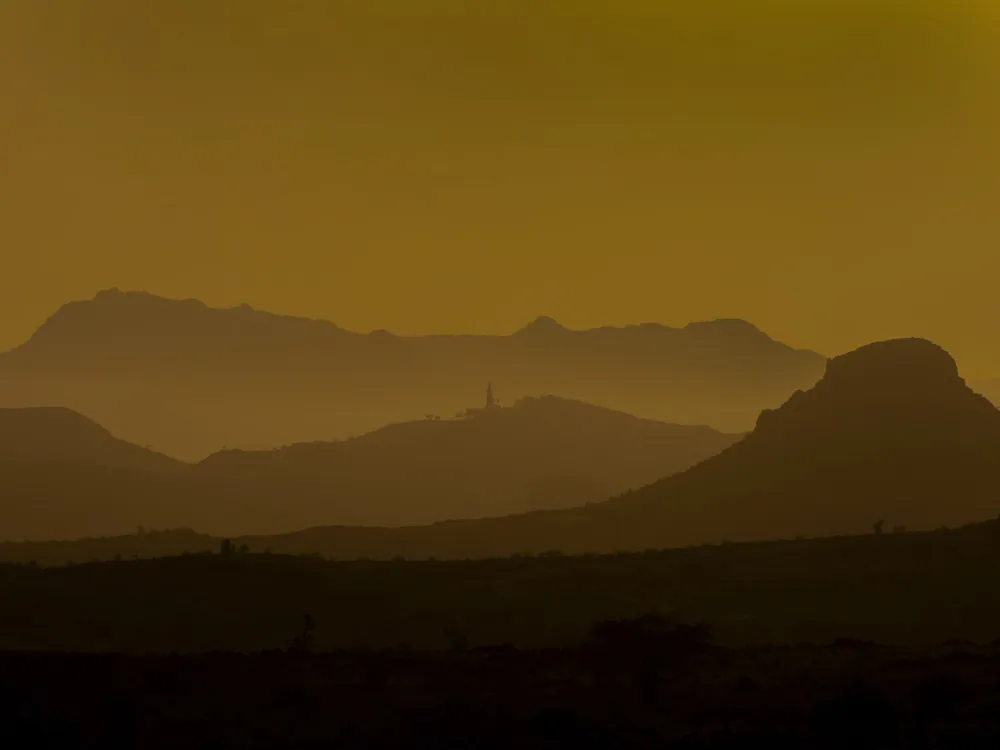The Jyotiba Temple, perched at an altitude of 3124 feet in the Kolhapur district of Maharashtra, is a revered Hindu pilgrimage site. Dedicated to Jyotiba, a deity believed to be an incarnation of three gods: Brahma, Vishnu, and Shiva, the temple holds a significant place in Hindu mythology. It is said that Jyotiba was formed to vanquish the demon Ratnasur, and thus, the temple is a symbol of victory over evil. The temple's origins date back to the 12th century, and it has since been a beacon of faith and tradition. Every year, thousands of devotees flock to this sacred site, especially during the annual fair held in Chaitra (April-May). The fair is a vibrant display of devotion, with the temple premises coming alive with traditional music, dance, and religious ceremonies. The temple's location atop a hill offers panoramic views of the surrounding landscape, adding to its spiritual ambiance. The Jyotiba Temple is an architectural marvel, showcasing the exemplary skills of ancient Indian artisans. The temple's structure is a blend of the Maratha and South Indian styles of temple architecture. Its towering Deepmala (lamp tower), visible from a distance, is a distinctive feature that adds to its grandeur. The main sanctum houses the idol of Lord Jyotiba, a unique form that amalgamates the attributes of Brahma, Vishnu, and Shiva. The idol, adorned with intricate jewelry and colorful drapery, exudes a powerful spiritual aura. Surrounding the main sanctum are several smaller shrines dedicated to different deities, each showcasing distinct architectural styles and intricate carvings. The temple complex is also adorned with beautiful paintings and sculptures that narrate various legends associated with Lord Jyotiba. The intricate carvings on the temple walls and pillars depict scenes from Hindu mythology, reflecting the rich cultural heritage of the region. Visitors are advised to dress modestly, respecting the temple's religious sanctity. Traditional Indian attire is recommended, but comfortable clothing suitable for climbing the hill is also acceptable. It's important to observe and respect local customs and rituals. Devotees often perform specific prayers and offerings, and understanding these practices can enrich the visiting experience. The temple is situated atop a hill, requiring a bit of climbing. Visitors should wear comfortable footwear and carry water. Elderly visitors or those with mobility issues should take the necessary precautions. There are several accommodation options near the temple, from basic lodges to more comfortable hotels. Local cuisine is a must-try, with many eateries offering delicious vegetarian dishes. Jyotiba Temple is well-connected by road and is easily accessible from major cities in Maharashtra. The nearest city, Kolhapur, is just 20 km away and has a railway station and an airport. Regular bus services and private taxis are available from Kolhapur to Jyotiba Temple. For those driving, the journey offers a scenic route through the Western Ghats. Alternatively, visitors can also reach the temple from Goa, which is approximately 200 km away. The drive from Goa to Jyotiba Temple is a picturesque journey, offering glimpses of the region's natural beauty and cultural richness. Read More:Overview of Jyotiba Temple, Kolhapur
Architecture of Jyotiba Temple
Tips When Visiting Jyotiba Temple
Dress Appropriately
Respect Local Customs
Plan for the Climb
Accommodation and Food
How to Reach Jyotiba Temple
Jyotiba Temple
Kolhapur
Maharashtra Goa
NaN onwards
View kolhapur Packages
Weather :
Label : Must Visit
Tags : Temple
Timings : 5:30 AM - 10:30 PM
Time Required : 1-2 hrs
Entry Fee : No entry fee
Planning a Trip? Ask Your Question
Kolhapur Travel Packages
View All Packages For Kolhapur
Top Hotel Collections for Kolhapur

Private Pool

Luxury Hotels

5-Star Hotels

Pet Friendly
Top Hotels Near Kolhapur
Other Top Ranking Places In Kolhapur
View All Places To Visit In kolhapur
View kolhapur Packages
Weather :
Label : Must Visit
Tags : Temple
Timings : 5:30 AM - 10:30 PM
Time Required : 1-2 hrs
Entry Fee : No entry fee
Planning a Trip? Ask Your Question
Kolhapur Travel Packages
View All Packages For Kolhapur
Top Hotel Collections for Kolhapur

Private Pool

Luxury Hotels

5-Star Hotels

Pet Friendly







